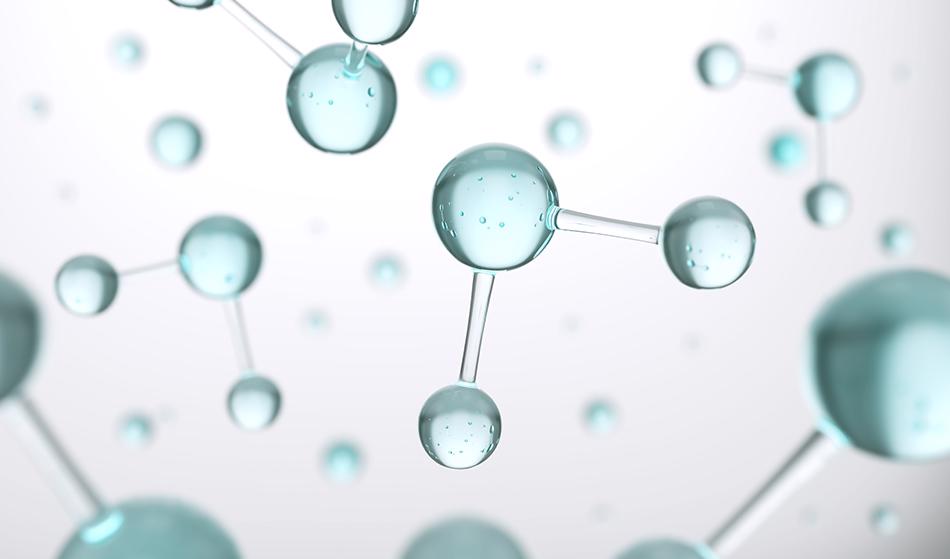In a paper published on February 7, 2019, in Nature Communications, researchers describe the excellent performance of ruthenium catalysts and provide an understanding of how the catalyst works. This mechanistic insight may help improve such catalysts in the future.
The new ruthenium-based catalyst was used by the researchers to split water and therefore produce hydrogen, providing a promising alternative to the costly platinum-based catalysts used today.

Anusorn Nakdee/Shutterstock
Background
Hydrogen is a clean and environmentally friendly fuel. One method used for hydrogen production is splitting water into hydrogen and oxygen. The electrochemical splitting of water can be done in acidic or alkaline media at room temperature, but only in the presence of a catalyst.
Numerous attempts have been made to discover alternatives to platinum, the most commonly used catalyst, as it is expensive and does not perform well in alkaline media. Studies have shown that other noble metals such as palladium, rhodium, and ruthenium are attractive candidates, with ruthenium being considered the most promising. However, a question remained around whether ruthenium single-atom catalysts would ever show comparable performance to that of platinum.
Method
To answer this question, an international team of researchers from the US, Canada, and China prepared ruthenium nitrogen nanowires co-doped with carbon. The nanowires were prepared by coating tellurium nanowires with a ruthenium compound, and then burning off tellurium to produce ruthenium nitrogen co-doped with carbon. This new catalyst was used to test their performance in the water splitting reaction.
Transmission electron microscopy analysis revealed that the diameter of the ruthenium nanoparticles ranged from about 2–5 nm, and that they had a carbon coating about 2–3 nm thick. In addition, many ruthenium atoms were also observed in the carbon matrix.
Elemental analysis further confirmed the presence of ruthenium metal, corresponding to atomic ruthenium, and ruthenium coordinated with nitrogen.
Results
Upon studying the hydrogen evolution reaction, the researchers found that the ruthenium nanocomposites showed much higher performance in alkaline media compared to platinum.
Surprisingly, the dominant reaction sites were the ruthenium atoms, rather than the nanoparticles (as reported is most previous studies); although there was a contribution from both sites. Such results highlight the importance of structural characterization at the atomic scale for resolving electrocatalysis mechanisms.
In addition to the experimental results, the researchers also performed the first principle calculations, to understand why ruthenium performs better than platinum. The calculations showed that ruthenium binds to carbon and nitrogen in such a way that lowers the reaction barrier for the water splitting reaction, enabling better catalytic activity.
Thus, in addition to ruthenium, carbon also serves as an active site for catalytic activity, and nitrogen centers help bind the hydrogen.
Conclusion
This understanding of the mechanism that allows enhanced performance of the new catalysts may be used to design better ruthenium-based single atom catalysts. The results may help in the fabrication of more efficient and cheaper catalysts for the production of hydrogen.
Source
The study was funded in part by the National Science Foundation.
Disclaimer: The views expressed here are those of the author expressed in their private capacity and do not necessarily represent the views of AZoM.com Limited T/A AZoNetwork the owner and operator of this website. This disclaimer forms part of the Terms and conditions of use of this website.